The California greenhouse gas (GHG) Inventory compiles statewide anthropogenic GHG emissions The graphs below provide a summary of emissions data for 18 or for the time series of 0018 All GHG inventory data is available on the current inventory page Students observe teacherled demonstrations, and build and evaluate simple models to understand the greenhouse effect, the role of increased greenhouse gas concentration in global warming, and the implications of global warming for engineers, themselves and the Earth In an associated literacy activity, students learn how a bill becomes law and they research globalMain Greenhouse Gases Multiple gases contribute to the greenhouse effect that sets Earth's temperature over geologic time Small changes in the atmospheric concentration of these gases can lead to changes in temperature that make the difference between ice ages when mastodons roamed the Earth, and the sweltering heat in which the dinosaurs lived
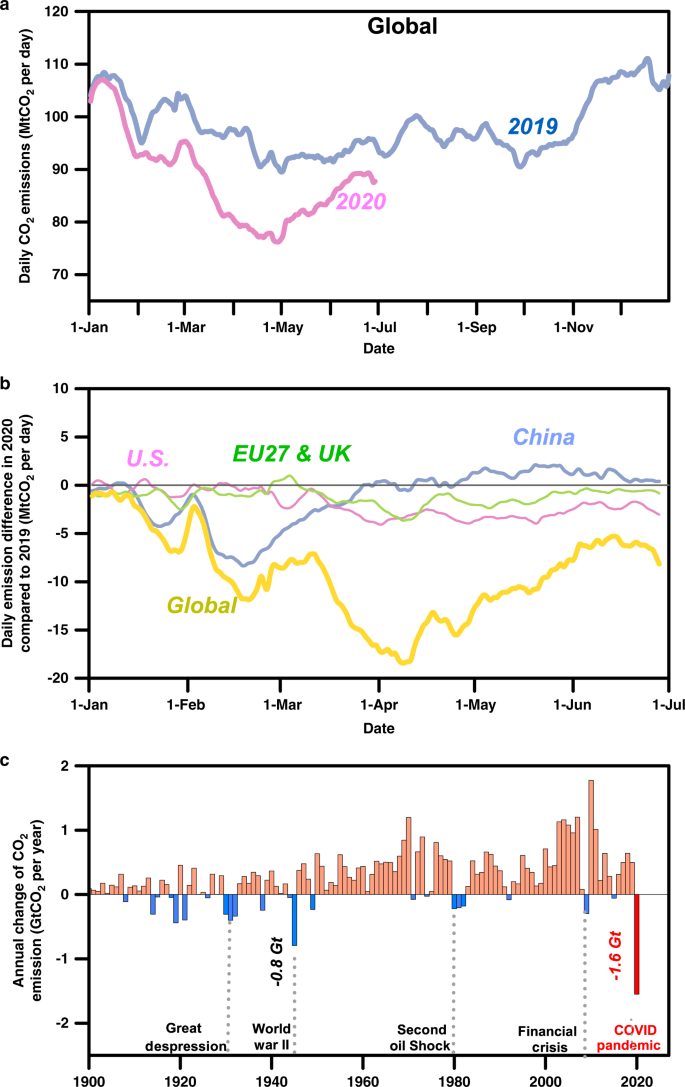
Near Real Time Monitoring Of Global Co 2 Emissions Reveals The Effects Of The Covid 19 Pandemic Nature Communications
Greenhouse gases graphing activity
Greenhouse gases graphing activity-The majority of CO 2 from human activity is created by burning fossil fuels that we use for heating, electricity and transportation Much of this CO 2 will stay in the atmosphere for thousands of years, trapping heat in the atmosphere as a result of the greenhouse effectActivity 11 Understanding the Greenhouse Effect Grades 7 – 9 DescriptionIn Part 1 Modeling the Greenhouse Effect, students will do a lab that demonstrates the greenhouse effect, and will discuss the results of the lab In Part 2 The Earth's Energy Balance, students will color in a diagram, answer opinion questions, and perform a skit to understand Earth's energy balance




What Are The Greenhouse Gas Emissions Of A Mini Grid Project And How Are They Calculated Mini Grids Support Toolkit Energy U S Agency For International Development
Carbon dioxide (CO 2) is the primary greenhouse gas emitted through human activitiesIn 14, CO 2 accounted for about 809% of all US greenhouse gas emissions from human activities Carbon dioxide is naturally present in the atmosphere as part of the Earth's carbon cycle (the natural circulation of carbon among the atmosphere, oceans, soil, plants, andOther gases (CFC12, HCFC22, Perfluoromethane CF4, and Sulfur Hexaflouride SF6) 2% Produced by industrial processes As you can see, energy related CO 2 and CH 4 accounts for 90 percent of the total greenhouse gas emissions in the United States This highlights the impact of energy use on the environmentGreenhouse effect Noun phenomenon where gases allow sunlight to enter Earth's atmosphere but make it difficult for heat to escape greenhouse gas Noun gas in the atmosphere, such as carbon dioxide, methane, water vapor, and ozone, that absorbs solar heat reflected by the surface of the Earth, warming the atmosphere solar energy
Description of the activity/assignment In this simple lab, students collect data to demonstrate basic atmospheric science concepts Groups of students measure the effect of carbon dioxide on temperature using soda bottles with thermometers inserted One bottle is filled with air and capped The second bottle is filled with carbon dioxide usingHuman activities and the greenhouse effect Human activities are increasing the amount of some greenhouse gases in the atmosphere For example farming cattle releases methaneExplore the greenhouse effect and the impact of greenhouse gases by tracking temperature change when heat is added to the model system In addition, students will design and carry out sound experimental approaches in order to investigate how different environmental conditions influence the greenhouse effect and represent realworld conditions This activity is designed
A greenhouse gas (sometimes abbreviated GHG) is a gas in the atmosphere that absorbs and emits radiation within the thermal infrared range This process is the fundamental cause of the greenhouse effect The primary greenhouse gases in Earth's atmosphere are water vapor, carbon dioxide, methane, nitrous oxide, and ozoneThe planet's average surface temperature has risen about 212 degrees Fahrenheit (118 degrees Celsius) since the late 19th century, a change driven largely by increased carbon dioxide emissions into the atmosphere and other human activities 4 Most of the warming occurred in the past 40 years, with the seven most recent years being the warmest The years 16 and are tied forPublic Webinar Estimation of Greenhouse Gas Emissions from Forest Management Activities, Contemporary Wildfire, and Historical Fire The California Air Resources Board (CARB) staff hosted a public webinar on staff's estimation of greenhouse gas (GHG) emissions from contemporary wildfire and forest management activities, and a presentation on historical fire activity before




Ecology Lab The Greenhouse Effect Greenhouse Effect Teacher Preparation Teaching Biology




Near Real Time Monitoring Of Global Co 2 Emissions Reveals The Effects Of The Covid 19 Pandemic Nature Communications
Sulfur hexafluoride (SF 6) is an extremely potent greenhouse gas SF 6 is very persistent, with an atmospheric lifetime of more than a thousand years Thus, a relatively small amount of SF 6 can have a significant longterm impact on global climate change SF 6 is humanmade, and the primary user of SF 6 is the electric power industry Because of its inertness and dielectric properties, it isForm definitions of the greenhouse effect based on prior knowledge, class discussion, and viewing diagrams 2 Participate in group brainstorming sessions and class discussions related to the impact of the greenhouse effect and global warming 3 Analyze global warming diagrams and resources to obtain a clear understanding of this scientificWithout the greenhouse effect, Earth's average temperature would be roughly 19° C (2° F), well below freezing, instead of the current comfortable 15° C (59° F) We can evaluate the effect of greenhouse gases by comparing Earth with its nearest planetary neighbors, Venus and Mars These planets either have too much greenhouse effect or
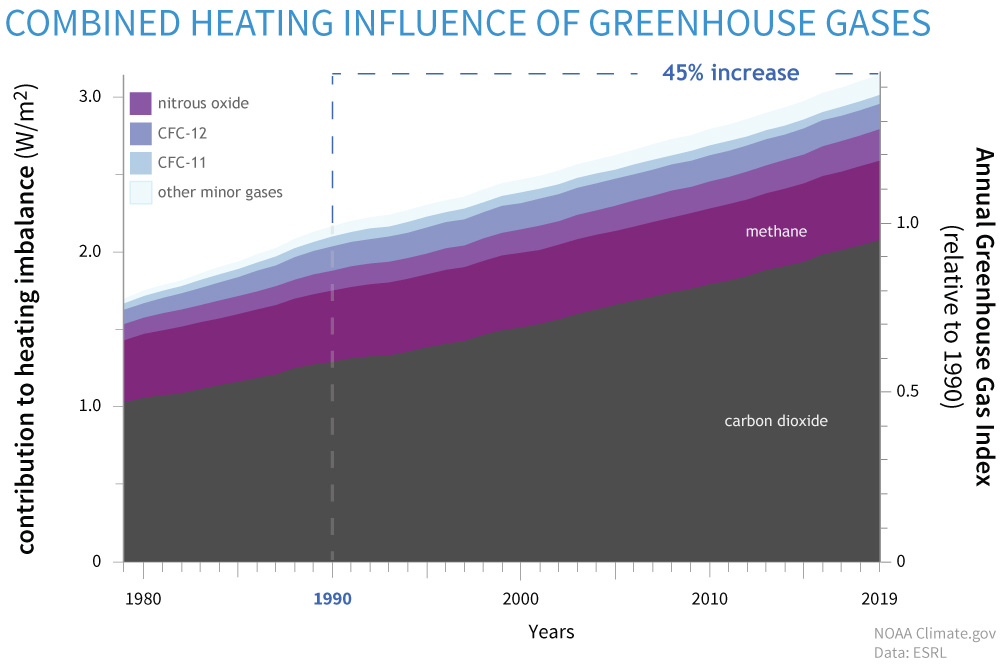



Climate Change Annual Greenhouse Gas Index Noaa Climate Gov



1
In this next lab activity, you will test the greenhouse potential of two easily acquired greenhouse gas samples water vapor, carbon dioxide Note this lab takes about 45 minutes to complete Show me materials needed for this experiment Hide Materials Note the list of materials described below is for one lab teamGreenhousegases What human activity creates the most greenhouse gas emissions?NASA satellites record a host of vital signs including atmospheric aerosols (particles from both natural sources and human activities, such as factories, fires, deserts, and erupting volcanoes), atmospheric gases (including greenhouse gases), energy radiated from Earth's surface and the Sun, ocean surface temperature changes, global sea level, the extent of ice sheets, glaciers and




Carbon Cycle And Greenhouse Effect A Scientific Infographic




The Keeling Curve National Geographic Society
Based on global emissions from 04The greenhouse effect is a natural phenomenon, but the extra gases produced by human activity are making it stronger We are now adding to these gases faster than oceans and plants can absorb them — the greenhouse effect is being 'enhanced' by humansAt the global level, the gases shown in the pie chart (at right) represent the key greenhouse gases emitted by human activities These gases are most closely documented in studies of anthropogenic greenhouse gas emissions Image (at right) Carbon greenhouse gas emissions by gas Source IPCC (07);




This Graph Shows How The Total Amount Of Greenhouse Gas Emissions Has Been Increasing Around The World Greenhouse Gases Climate Change Greenhouse Gas Emissions




Pin On Earth Science Lessons And Activities
By the end of 19, the warming influence of humanproduced greenhouse gases had risen 45 percent above the 1990 baseline Explore this interactive graph Click and drag to display different parts of the graph To squeeze or stretch the graph in either direction, hold your Shift key down, then click and drag NOAA's Annual Greenhouse Gas Index, known as the AGGI, tracks increases in the warming influence of most heattrapping gases being added to the atmosphere principally from human activity, including carbon dioxide, methane, nitrous oxide, chlorofluorocarbons, and other chemicals The top five greenhouse gases account for about 96 percent of the increased heat trapped in the atmosphere due to human activity Greenhouse gases are gases that can trap heat They get their name from greenhouses A greenhouse is full of windows that let in sunlight That sunlight creates warmth The big trick of a greenhouse is that it doesn't let that warmth escape That's exactly how greenhouse gases act




Greenhouse Gases Copernicus




Part 2 Of 5 What Chemistry Tells Us
Human emissions of carbon dioxide and other greenhouse gases – are a primary driver of climate change – and present one of the world's most pressing challenges 1 This link between global temperatures and greenhouse gas concentrations – especially CO 2 – has been true throughout Earth's history 2 To set the scene, let's look at how the planet has warmedGreenhouse gas Also sometimes known as "heattrapping gases," greenhouse gases are natural or humanproduced gases that trap heat in the atmosphere and contribute to the greenhouse effect Greenhouse gases include water vapor, carbon dioxide, methane, nitrous oxide, and fluorinated gasesThe model will incorporate student's knowledge of the concentration of gases, temperature, and size of each layer Activity 2 Introduction to Global Warming Lesson Summary In this activity, the students will perform a short handson demonstration of global warming and the greenhouse effect




Emissions Sources Climate Central



Greenhouse Gas Global Greenhouse Warming
A greenhouse gas (sometimes abbreviated GHG) is a gas that absorbs and emits radiant energy within the thermal infrared range, causing the greenhouse effect The primary greenhouse gases in Earth's atmosphere are water vapor (H 2 O), carbon dioxide (CO 2), methane (CH 4), nitrous oxide (N 2 O), and ozone (O 3)Without greenhouse gases, the average temperature of Earth's An enhanced greenhouse effect from CO2 has been confirmed by multiple lines of empirical evidence Satellite measurements of infrared spectra over the past 40 years observe less energy escaping to space at the wavelengths associated with CO2 Surface measurements find more downward infrared radiation warming the planet's surface This provides a direct, empiricalThe Annual Greenhouse Gas Index (AGGI) is a measure of the capacity of Earth's atmosphere to trap heat as a result of the presence of longlived greenhouse gases The AGGI provides standardized information about how human activity has affected the climate system through greenhouse gas emissions




Esrl Global Monitoring Laboratory Education And Outreach




Our Civilizational Predicament Doubling Economic Activity And Energy Use While Cutting Emissions By Half Darrin Qualman
Activity 12 Carbon, Greenhouse Gases, and Climate Grades 10 – 12 Description Part 1 Modeling the Greenhouse Effect This activity demonstrates the roles that carbon dioxide, greenhouse gases, and particles in the atmosphere play in maintaining the temperature of our planet Part 2 Greenhouse Gases and Climate Using the GlobalOver whether increases in these gases are contributing to global warming The first step in investigating this is to determine whether amounts of greenhouse gases in the atmosphere have been increasing Activity 1 Discuss where data come from, types of graphs available, what a trend is, and how to project a trend 2 So far, the evidence is pointing to a grim possibility Warming enhances the production of carbon substrates from plants, stimulating microbial activity and greenhouse gas production, possibly leading to amplified climatepeatland feedbacks Think, gasoline on a fire "That would be the worst case scenario," Kostka said
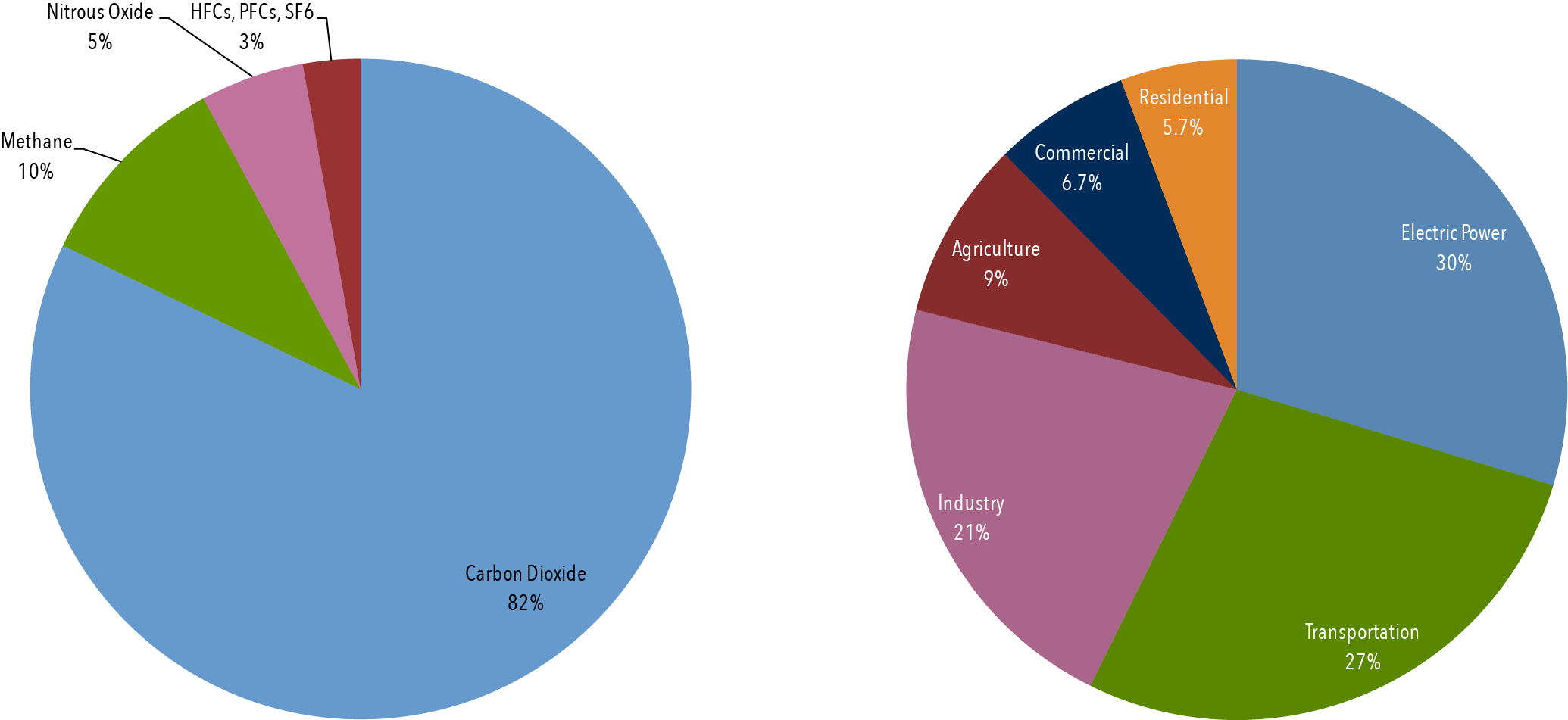



Climate Basics For Kids Center For Climate And Energy Solutions




How Do Human Activities Influence Global Warming Global Warming Human Activity Greenhouse Gas Emissions
Greenhouse gases come from all sorts of everyday activities, such as using electricity, heating our homes, and driving around town The graph to the right shows which activities produce the most greenhouse gases in the United States These greenhouse gases don't just stay in one place after they're added to the atmosphereThis activity grouping is also among the biggest emitters of greenhouse gases In 19, it contributed % to the total greenhouse gases emitted by EU industries and households For the same period, the second biggest absolute drop in greenhouse gas emissions occurred in manufacturing (2 million tonnes of CO 2 equivalents) Carbon dioxide is a common gas present in the atmosphere It has an important role in the greenhouse effect, with other gases like methane The greenhouse effect allows the life on Earth, catching
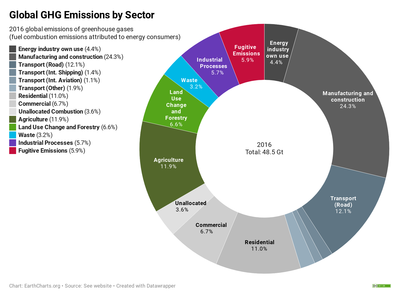



Greenhouse Gas Emissions Wikipedia




This Chart Presents Data On Greenhouse Gas Emissions Caused By Human Activity From 1990 To 12 Brainly Com
Greenhouse gases from human activities are the most significant driver of observed climate change since the mid th century 1 The indicators in this chapter characterize emissions of the major greenhouse gases resulting from human activities, the concentrations of these gases in the atmosphere, and how emissions and concentrations have changed over time When comparing emissions of different gases The greenhouse effect is a warming of Earth's surface and the air above it It is originated by gases in the atmosphere which trap energy from the Sun—just like the glass in a greenhouse These gases are called greenhouse gases (GHGs) These gases are water vapor (the most important), ozone, carbon dioxide, methane, and nitrous oxide, all ofActivity 3 Analyzing Greenhouse Data Directions In this activity, you will analyze and graph data on observed global temperatures and C02 concentrations Then you will answer questions about this data Task 1 In the space below, graph the data in Table 42 Label the horizontal axis "Year" and label the vertical axis "CO 2



Emissions By Sector Our World In Data



Atmospheric Greenhouse Gas Concentrations European Environment Agency
Carbon dioxide (CO 2) is an important heattrapping (greenhouse) gas, which is released through human activities such as deforestation and burning fossil fuels, as well as natural processes such as respiration and volcanic eruptionsThe first graph shows atmospheric CO 2 levels measured at Mauna Loa Observatory, Hawaii, in recent years, with average seasonal cycleObserve the Greenhouse Effect in a Jar This experiment gets kids exploring how a greenhouse works, and in turn how greenhouse gases affect the Earth's atmosphere Your child will strengthen observation and recording skills, work with a control, and draw conclusions And bonus this is a great outdoor activity!The Greenhouse Effect Goal Students will learn how greenhouse gases temporarily trap heat within Earth's atmosphere, warming our planet via the greenhouse effect Activity Students explore the greenhouse effect through computer simulations and then dive deeper learning how the greenhouse effect works via readings and videos online




Greenhouse Gases A Student S Guide To Global Climate Change Us Epa




The Graph Gives Information On Greenhouse Gas Ghg Emissions From Us Industries Which Year Had The Brainly Com
Average so that zero line on the graph is the 1950s to 1980s average global temperatures And we see pretty rapid increase, particularly in the latter half of this period, and we know that that is being driven principally by the accumulation of greenhouse gases in the atmosphereGreenhouse Gas Emissions A Case Study of Development of Data Collection Tool and Calculation of Emissions Gaurav Shil Trinity Consultants, 3940 Olympic Boulevard, Suite 400, Erlanger, KY gshil@trinityconsultantscom Katherine N Blue Trinity Consultants, 1100 Johnson Ferry Road, Suite 685, Atlanta GA kblue@trinityconsultantscom Students learn about the advantages and disadvantages of the greenhouse effect They construct their own miniature greenhouses and explore how their designs take advantage of heat transfer processes to create controlled environments They record and graph measurements, comparing the greenhouse indoor and outdoor temperatures over time Students are also



Greenhouse Gases And Temperature




Carbon Cycle And Greenhouse Effect A Scientific Infographic By Mind The Graph The Science Educator Medium
The greenhouse effect is a warming of Earth's surface and the air above it It is originated by gases in the atmosphere which trap energy from the Sun—just like the glass in a greenhouse These gases are called greenhouse gases (GHGs) These gases are water vapor (the most important), ozone, carbon dioxide, methane, and nitrous oxide, all ofAs of 14, electricity production generates the largest share of greenhouse gas emissions, making up 30% of emissions (Figure 2) Approximately 67% of ourThis chart shows the change in global greenhouse gas emissions over time Greenhouse gases are measured in 'carbon dioxideequivalents' (CO 2 e) Today, we collectively emit around 50 billion tonnes of CO 2 e each year This is more than 40% higher than emissions in 1990, which were around 35 billion tonnes
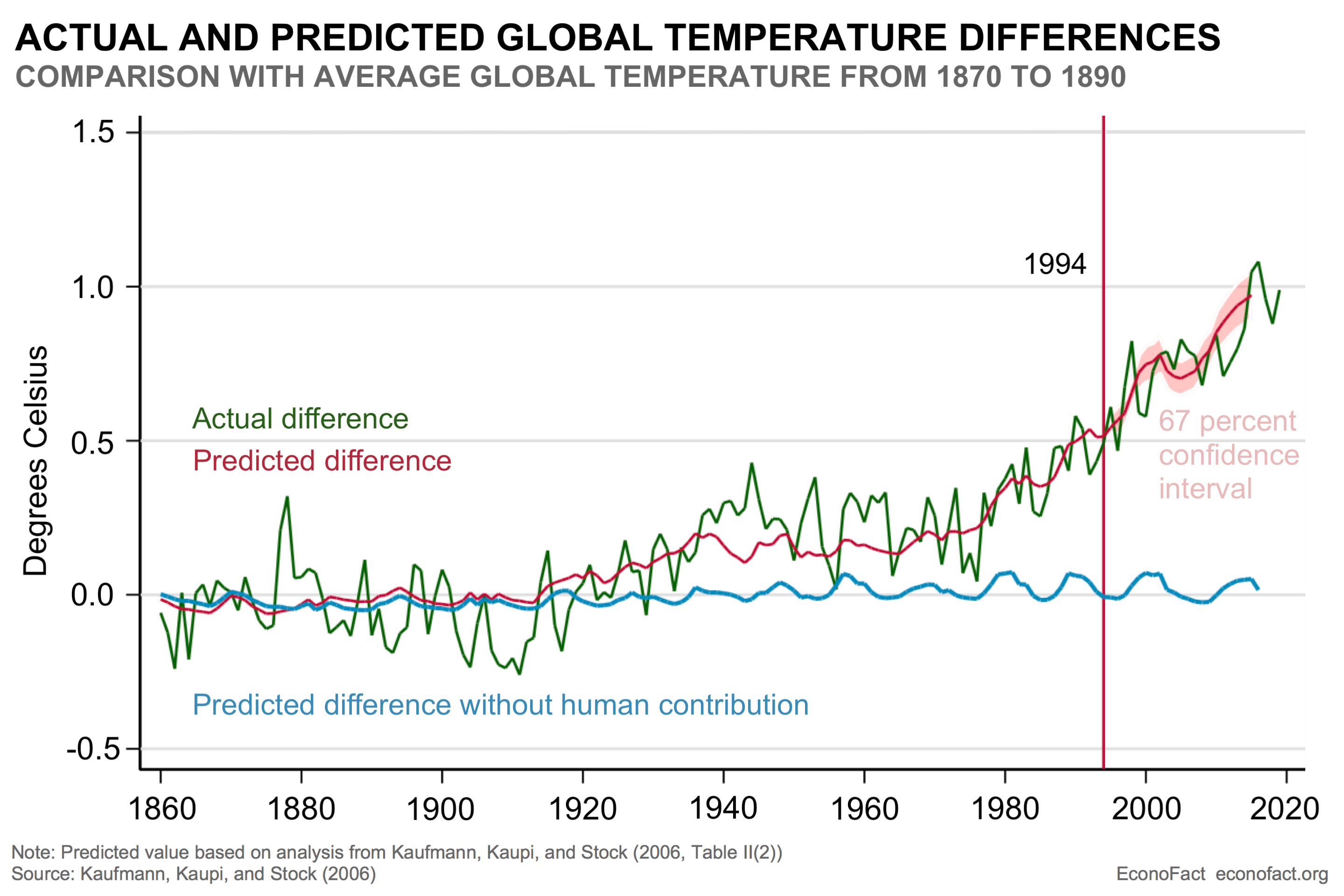



Global Temperature And Human Activity Econofact
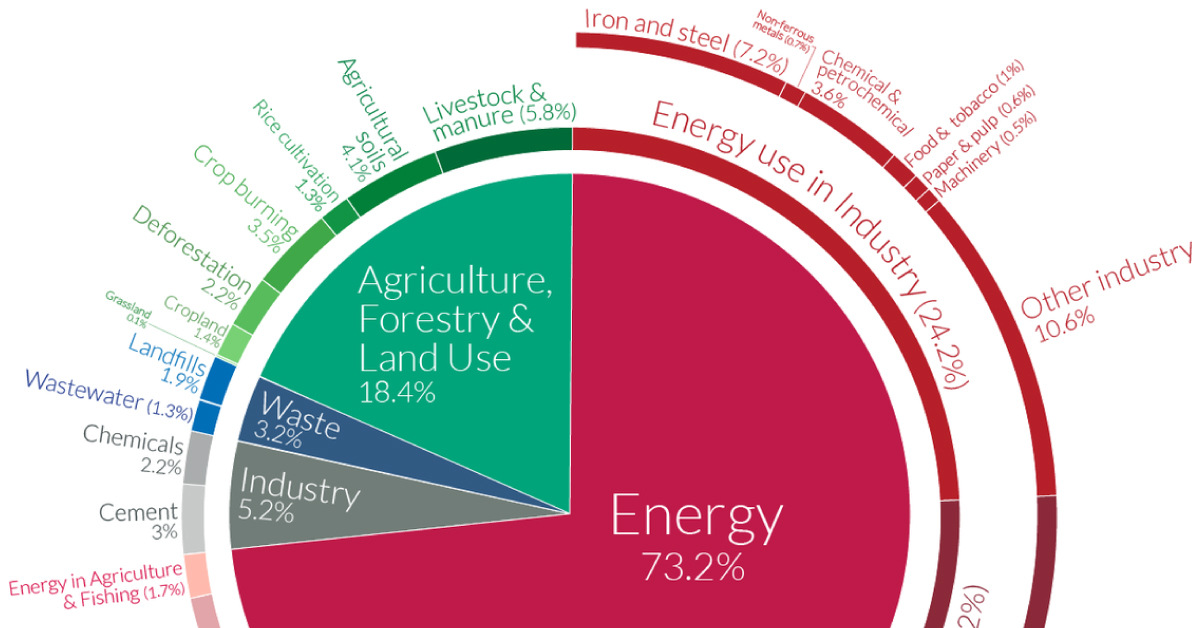



A Global Breakdown Of Greenhouse Gas Emissions By Sector
Introduction Increases in the abundance of atmospheric greenhouse gases since the industrial revolution are mainly the result of human activity and are largely responsible for the observed increases in global temperature IPCC 14Because climate projections have large model uncertainties that overwhelm the uncertainties in greenhouse gas measurements, we present
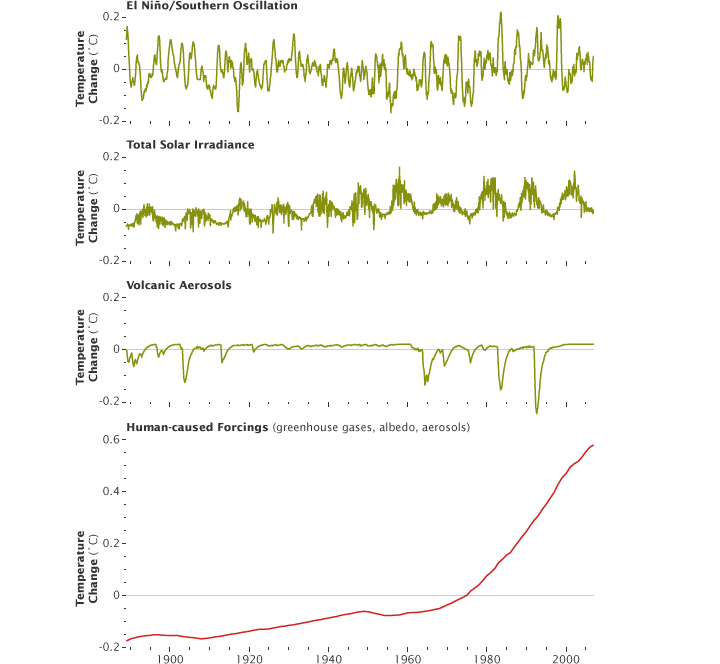



Global Warming




Climate Change Annual Greenhouse Gas Index Noaa Climate Gov




This Graph Shows The Increase In Greenhouse Gas Ghg Concentrations In Download Scientific Diagram




U S Greenhouse Gas Emissions Flow Chart Ghg Emissions Greenhouse Gases Climate Change
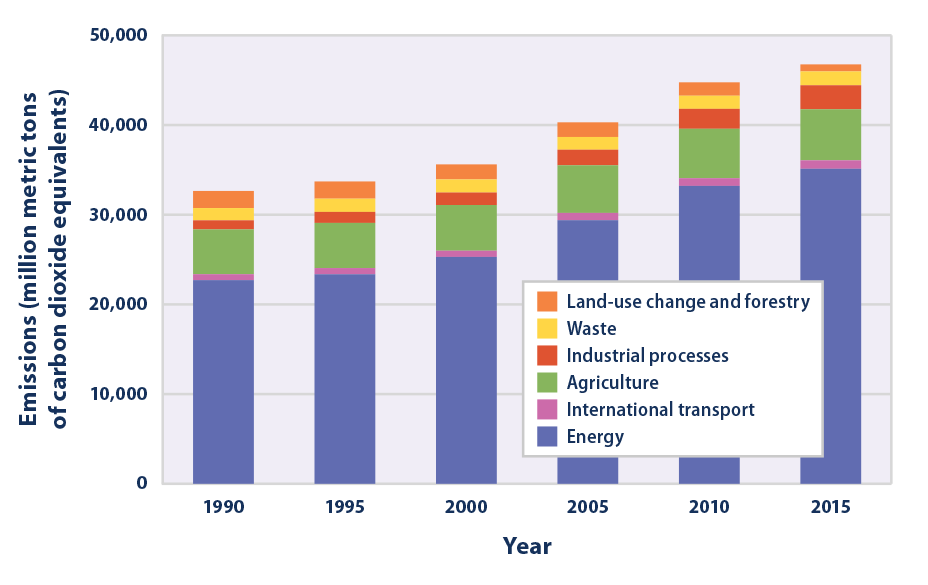



W Edyfjigr0fxm



Greenhouse Gas Emissions Our World In Data
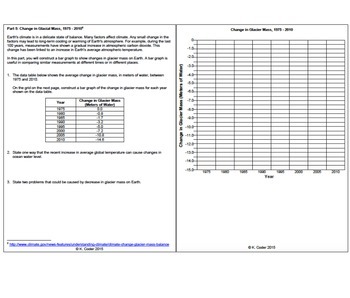



Lab Graphing Human Population Growth The Greenhouse Effect Global Warming




Climate Change And Agriculture Niwa



Greenhouse Gas Emissions Our World In Data
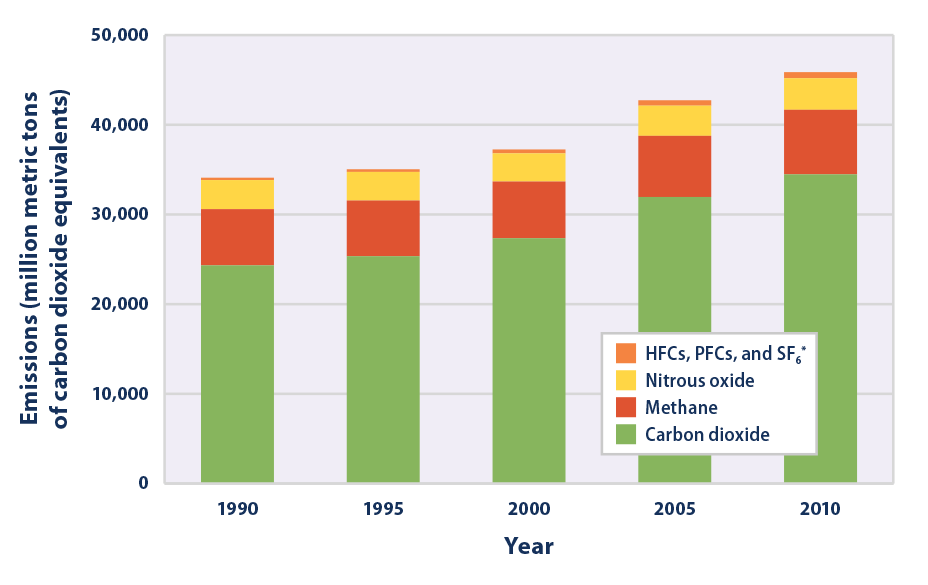



Climate Change Indicators Global Greenhouse Gas Emissions Climate Change Indicators In The United States Us Epa




Carbon Dioxide Methane Nitrous Oxide And The Greenhouse Effect Conservation In A Changing Climate
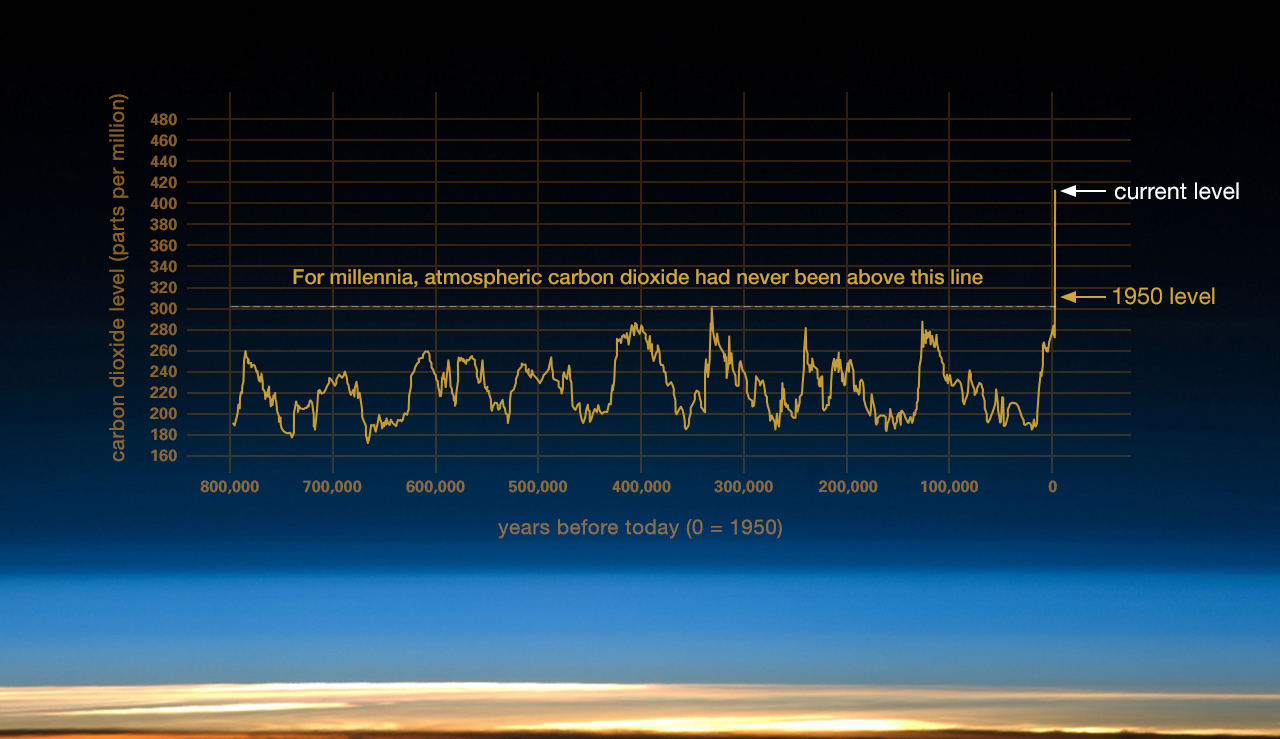



Evidence Facts Climate Change Vital Signs Of The Planet




Climate Change Indicators Global Greenhouse Gas Emissions Climate Change Indicators In The United States Us Epa




Global Emissions Center For Climate And Energy Solutions
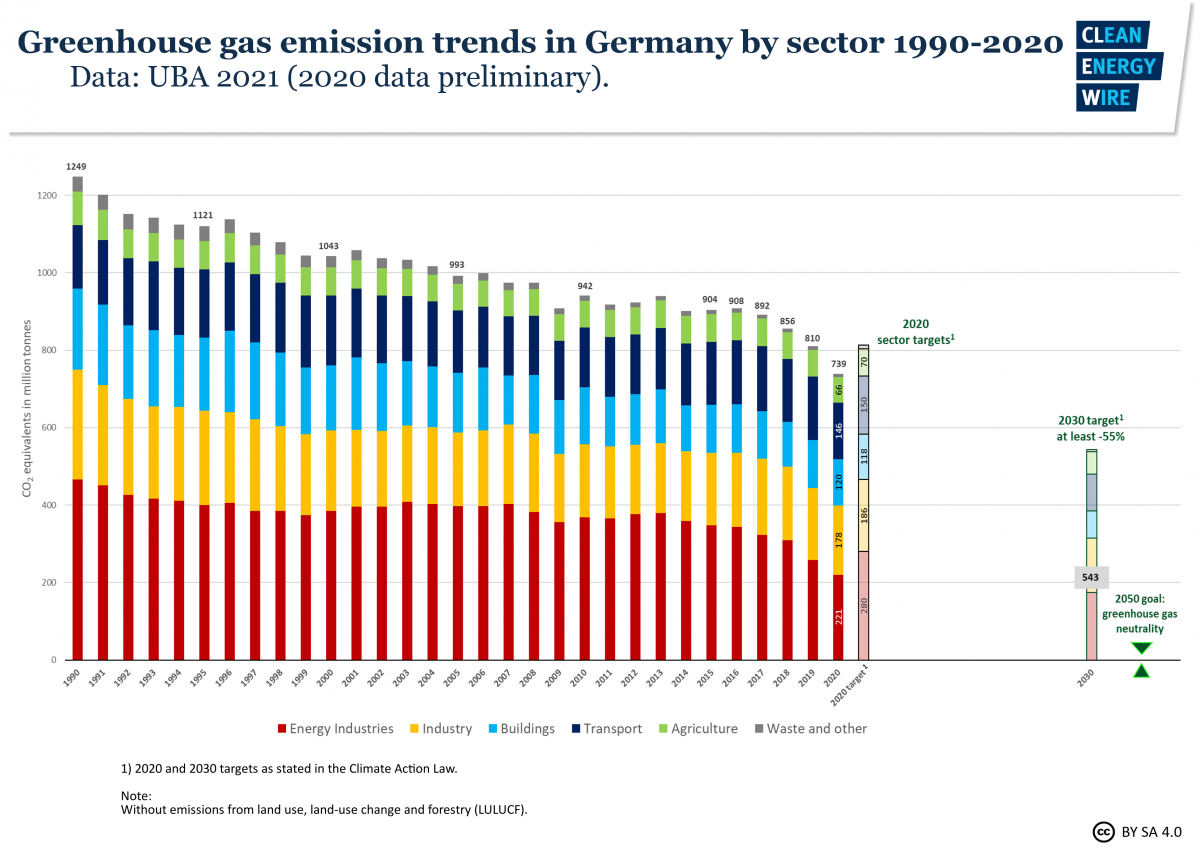



Germany Sees Record Greenhouse Gas Emission Fall Due To Pandemic Renewables Clean Energy Wire




Greenhouse Gas Emissions Wikipedia



Chapter 7 The Greenhouse Effect




Climate Change Evidence And Causes Royal Society




What Are The Greenhouse Gas Emissions Of A Mini Grid Project And How Are They Calculated Mini Grids Support Toolkit Energy U S Agency For International Development




Graph Of The Day Noaa Annual Greenhouse Gas Index 1700 18 Desdemona Despair



Co And Greenhouse Gas Emissions Our World In Data




Energy And Greenhouse Gas Emissions Ghgs




Where Do Canada S Greenhouse Gas Emissions Come From




The Very Simple Climate Model Activity Ucar Center For Science Education




How Greenhouse Gases Cause Climate Change Greenhouse Gases Global Warming Images Sources Of Greenhouse Gases




Changes Since The Industrial Revolution American Chemical Society



The Greenhouse Effect
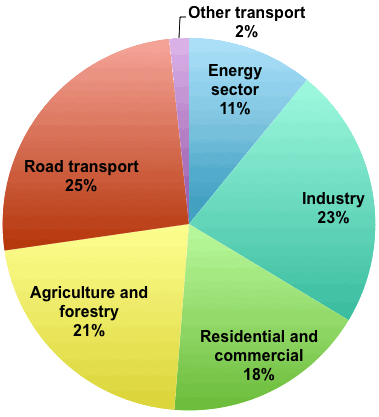



How Do Greenhouse Gas Emissions Presently Evolve Jean Marc Jancovici




Carbon Dioxide Exercise
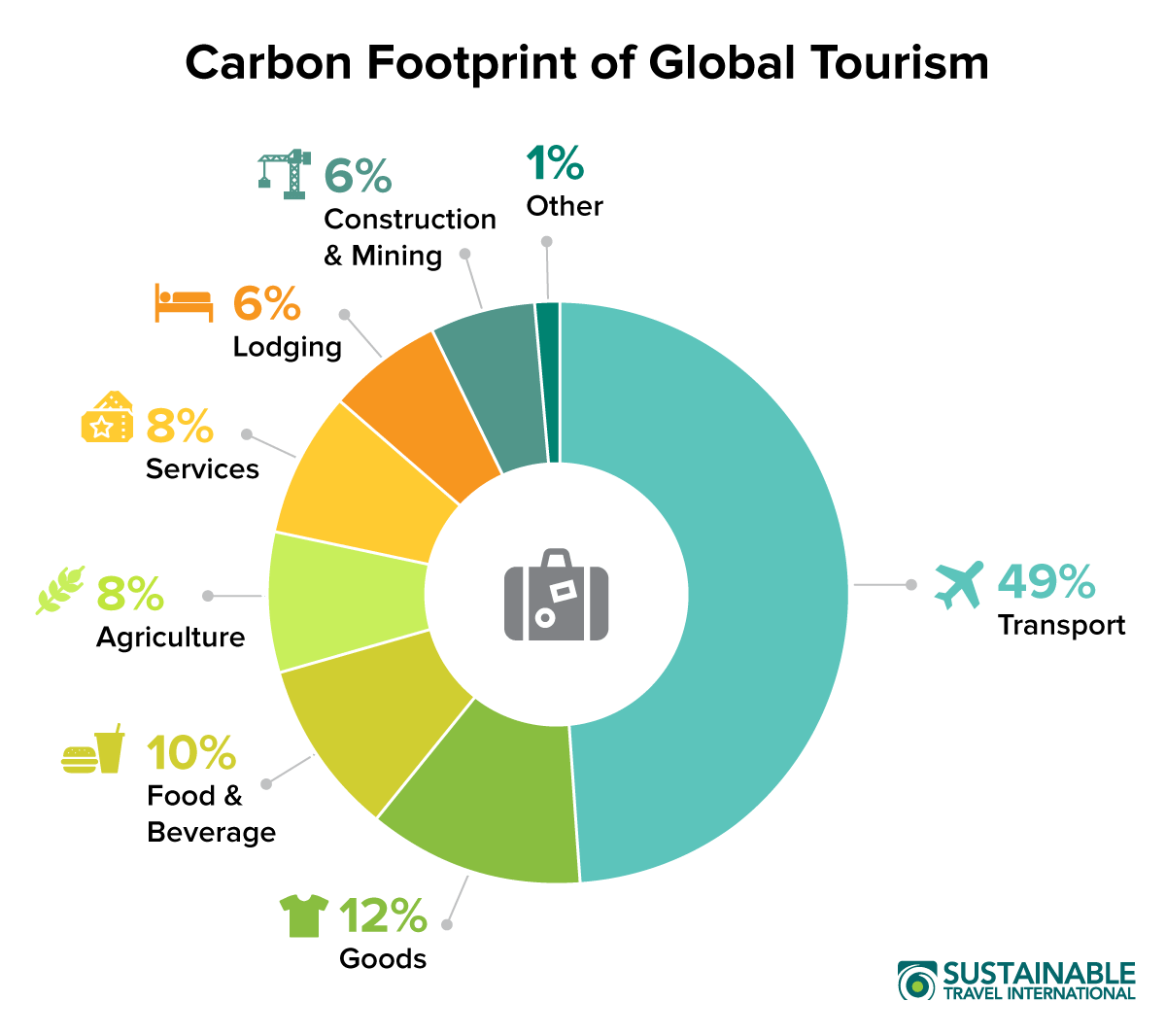



Carbon Footprint Of Tourism Sustainable Travel International




Greenhouse Gases A Student S Guide To Global Climate Change Us Epa Greenhouse Gases Climate Change Climate Change Activities
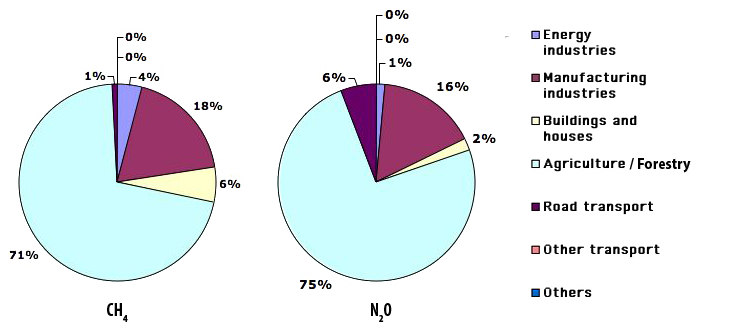



How Much Greenhouse Gases In Our Plate Jean Marc Jancovici
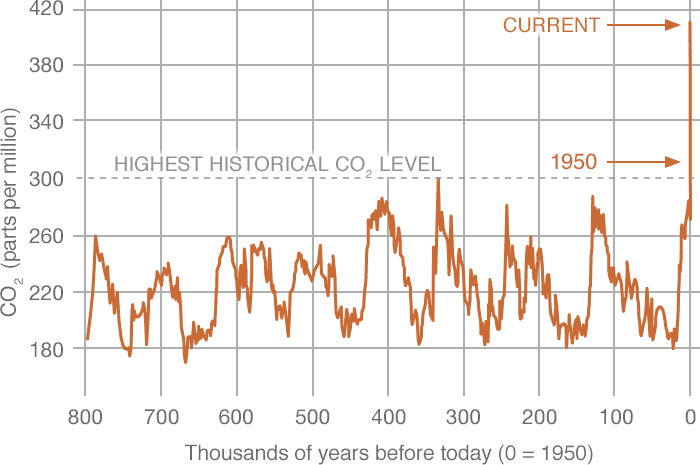



Carbon Dioxide Vital Signs Climate Change Vital Signs Of The Planet




Usgcrp Indicator Details Globalchange Gov




Despite Pandemic Shutdowns Carbon Dioxide And Methane Surged In Welcome To Noaa Research
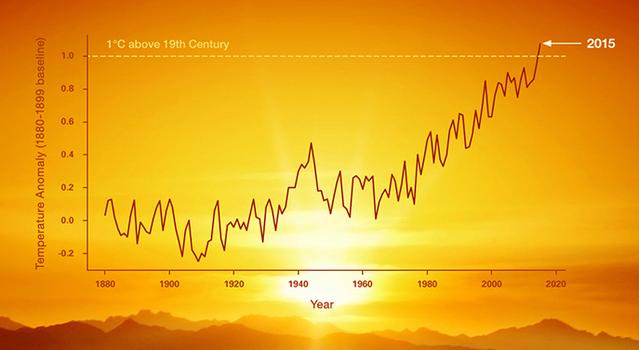



Educator Guide Graphing Global Temperature Trends Nasa Jpl Edu
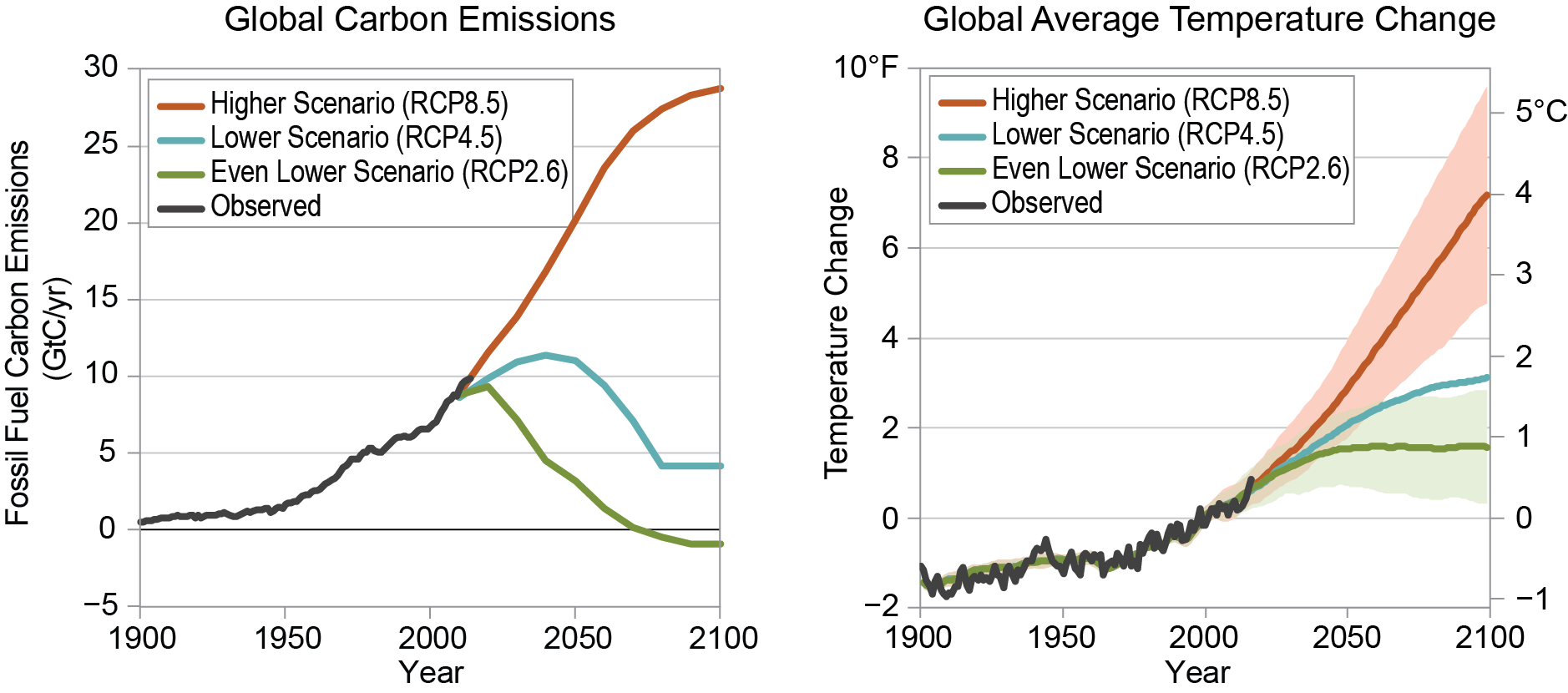



Climate Basics For Kids Center For Climate And Energy Solutions




Noaa Index Tracks How Greenhouse Gas Pollution Amplified Global Warming In Welcome To Noaa Research




Lab Graphing Human Population Growth The Greenhouse Effect Global Warming Human Population Growth Global Warming Greenhouse Effect




6 Humans Affect Climate




Where Do Canada S Greenhouse Gas Emissions Come From
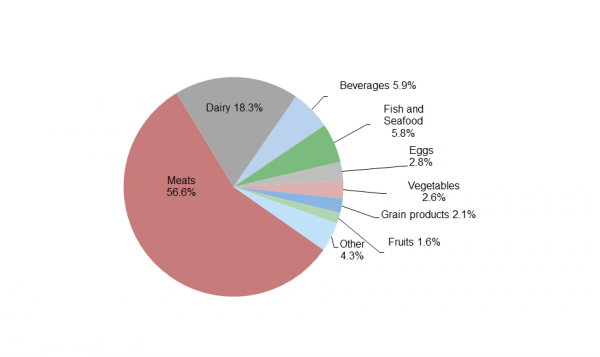



Carbon Footprint Factsheet Center For Sustainable Systems



Attribution Of Recent Climate Change Wikipedia
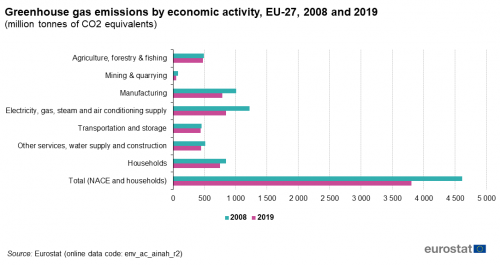



Greenhouse Gas Emission Statistics Air Emissions Accounts Statistics Explained




Contributions Of Natural Systems And Human Activity To Greenhouse Gas Emissions Sciencedirect



Greenhouse Gas Emissions In The Eu 27 By Main Source Activity 07 European Environment Agency



Q Tbn And9gctoyncs8qyvzsnlf0ehywfdbiqsqkgodl5exlpxd0mjwanu7ugb Usqp Cau




Changes Since The Industrial Revolution American Chemical Society



Greenhouse Gases And Temperature



Proximate Causes Of Climate Change Geog 438w Human Dimensions Of Global Warming
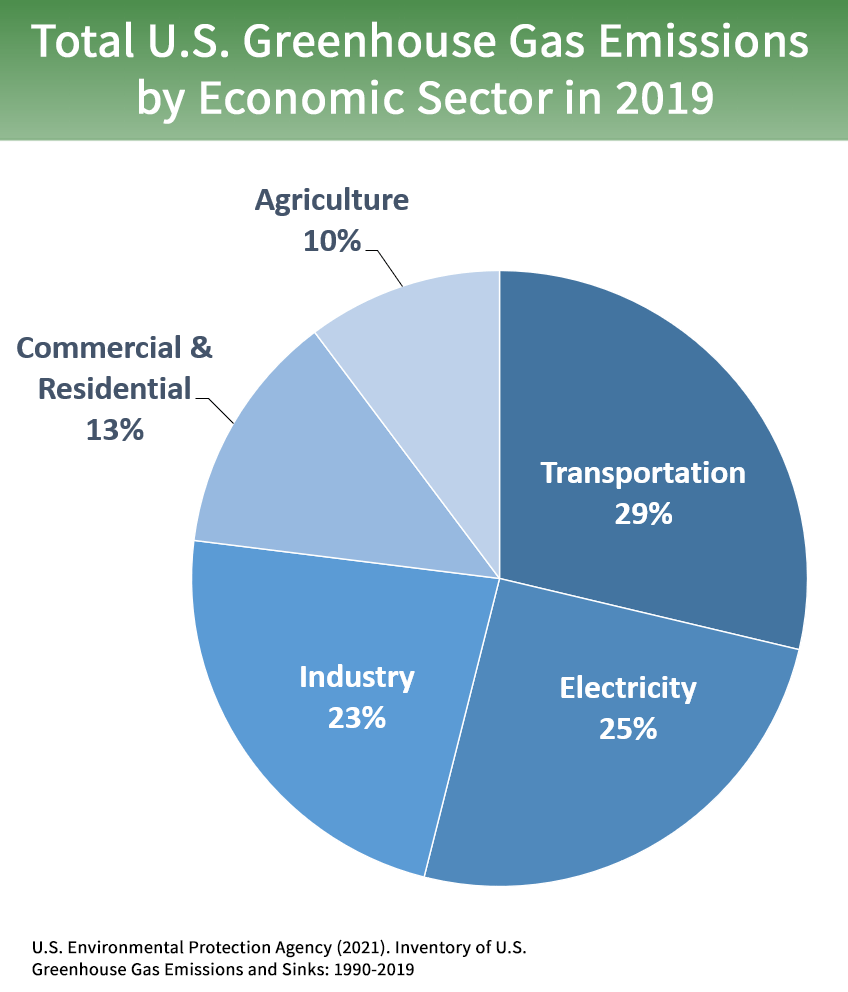



Sources Of Greenhouse Gas Emissions Us Epa




Serious Rise In Irish Greenhouse Gas Emissions Figures Show
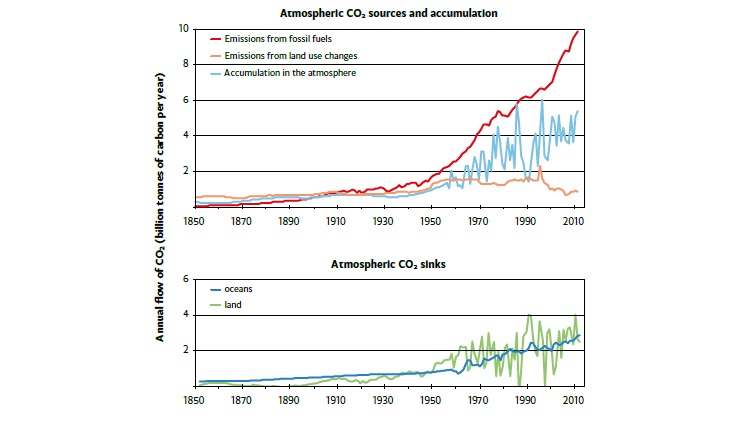



3 Are Human Activities Causing Climate Change Australian Academy Of Science




Greenhouse Gases A Student S Guide To Global Climate Change Us Epa




Activity Teacher Guide Human Activity And Climate Change
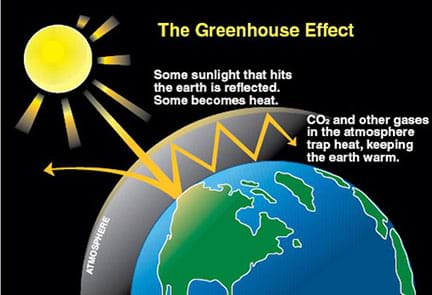



Greenhouse Atmosphere Let S Heat Things Up Lesson Teachengineering
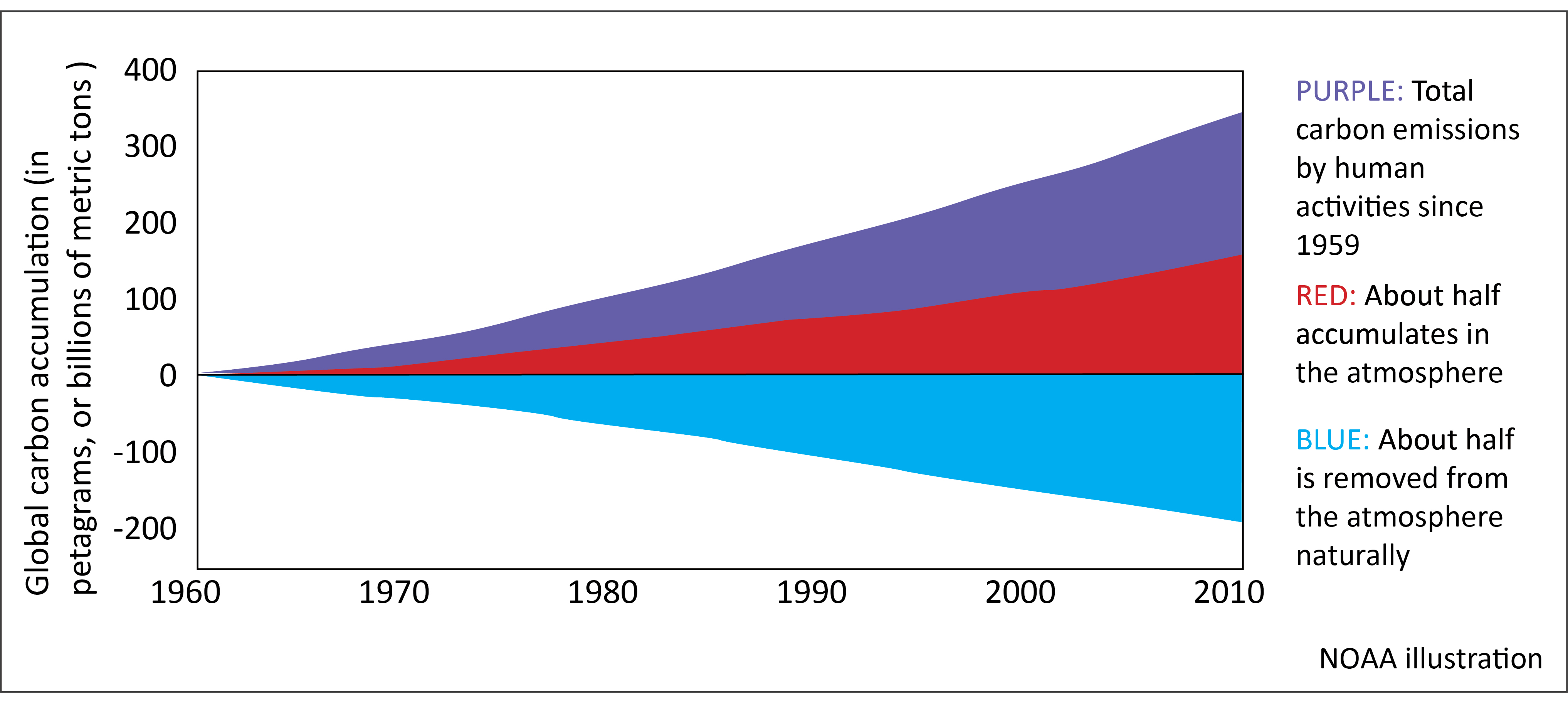



Carbon Uptake Has Doubled Over Last 50 Years But Where Is It Going Carbon Brief
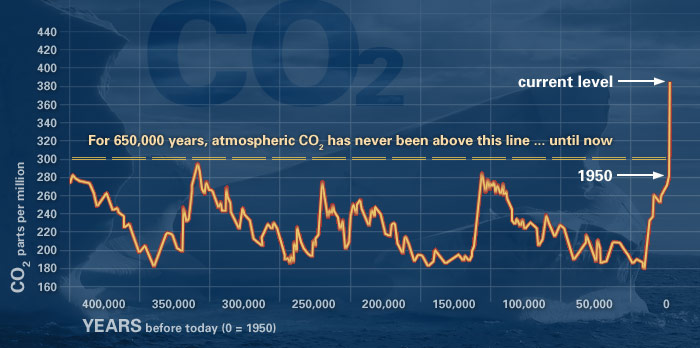



Down To Earth Climate Change Resources




Greenhouse Gases Are Rapidly Changing The Atmosphere Climate Central
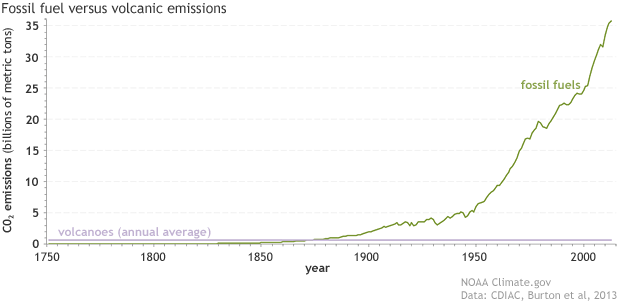



Which Emits More Carbon Dioxide Volcanoes Or Human Activities Noaa Climate Gov



Greenhouse Gases And Effects



Chapter 7 The Greenhouse Effect



Q Tbn And9gcrevtfvebbghz5zkkbq1akjhfs4 Gwdrbwpqnmfiixo2oqlgyw8 Usqp Cau



Coral Reefs



Q Tbn And9gcsud8qrpbvfrrwlzfbkcia7ejm3in8xid1hdwmfio Rdlvyoqxe Usqp Cau




The Role Of Animal Agriculture On Greenhouse Gas Emissions
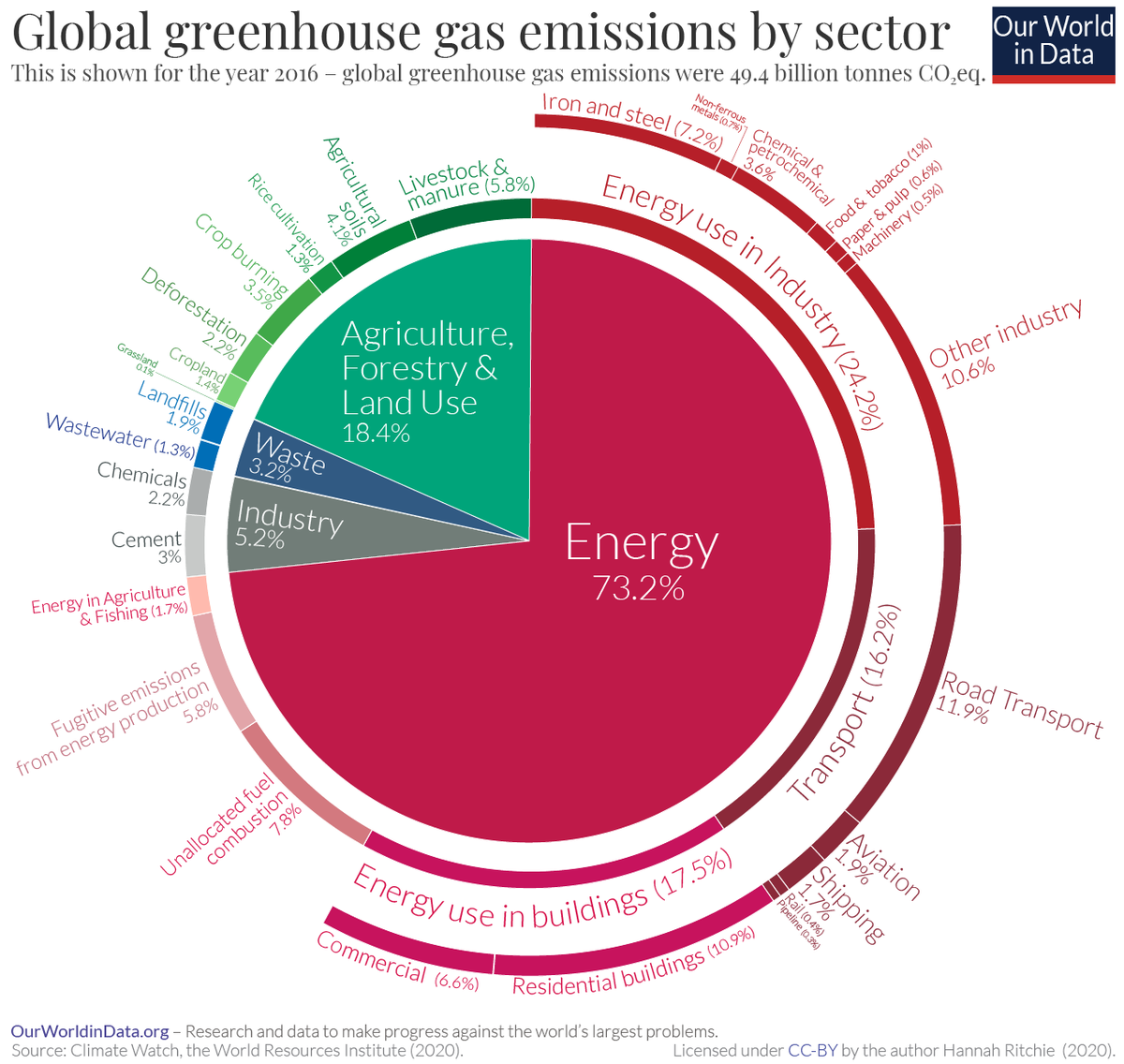



A Global Breakdown Of Greenhouse Gas Emissions By Sector




A Graph Of Per Capita Income Versus The Per Capita Greenhouse Gas Download Scientific Diagram
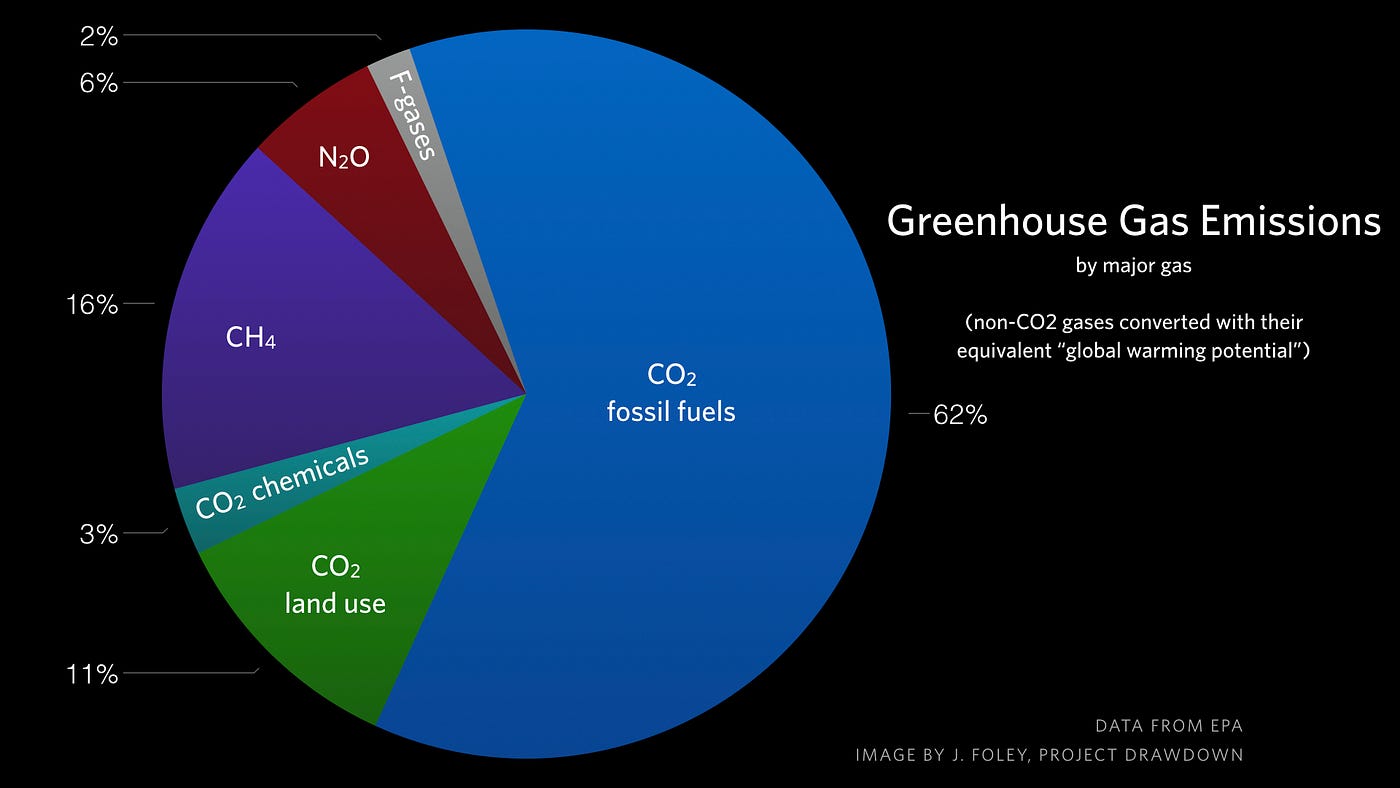



Major Causes Of Climate Change Globalecoguy Org




The Role Of Animal Agriculture On Greenhouse Gas Emissions




What S Really Warming The World Climate Deniers Blame Natural Factors Nasa Data Proves Otherwise
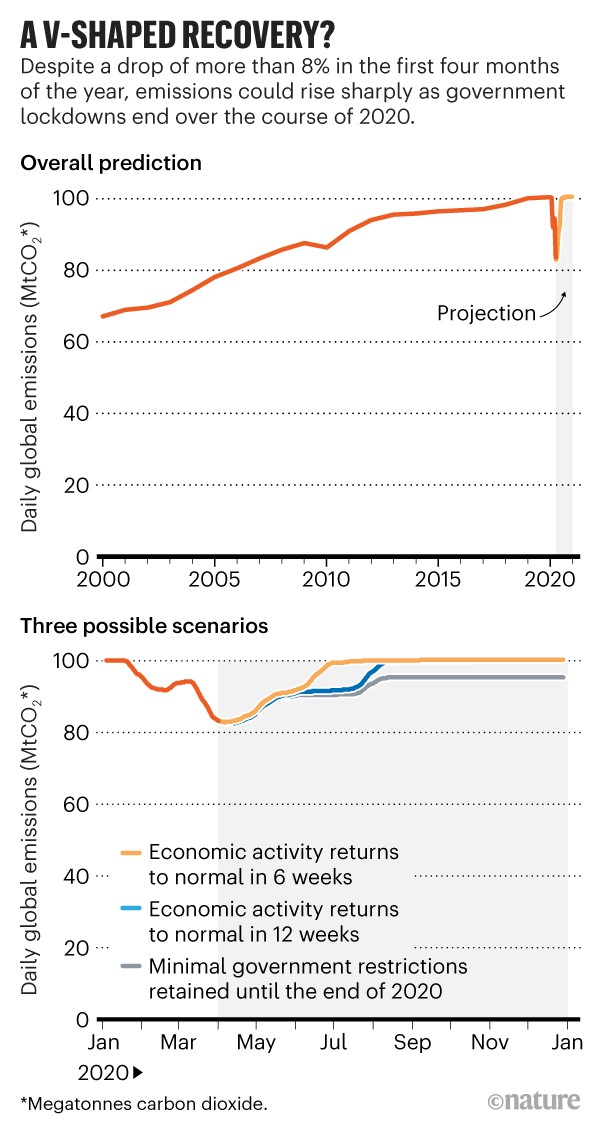



How The Coronavirus Pandemic Slashed Carbon Emissions In Five Graphs
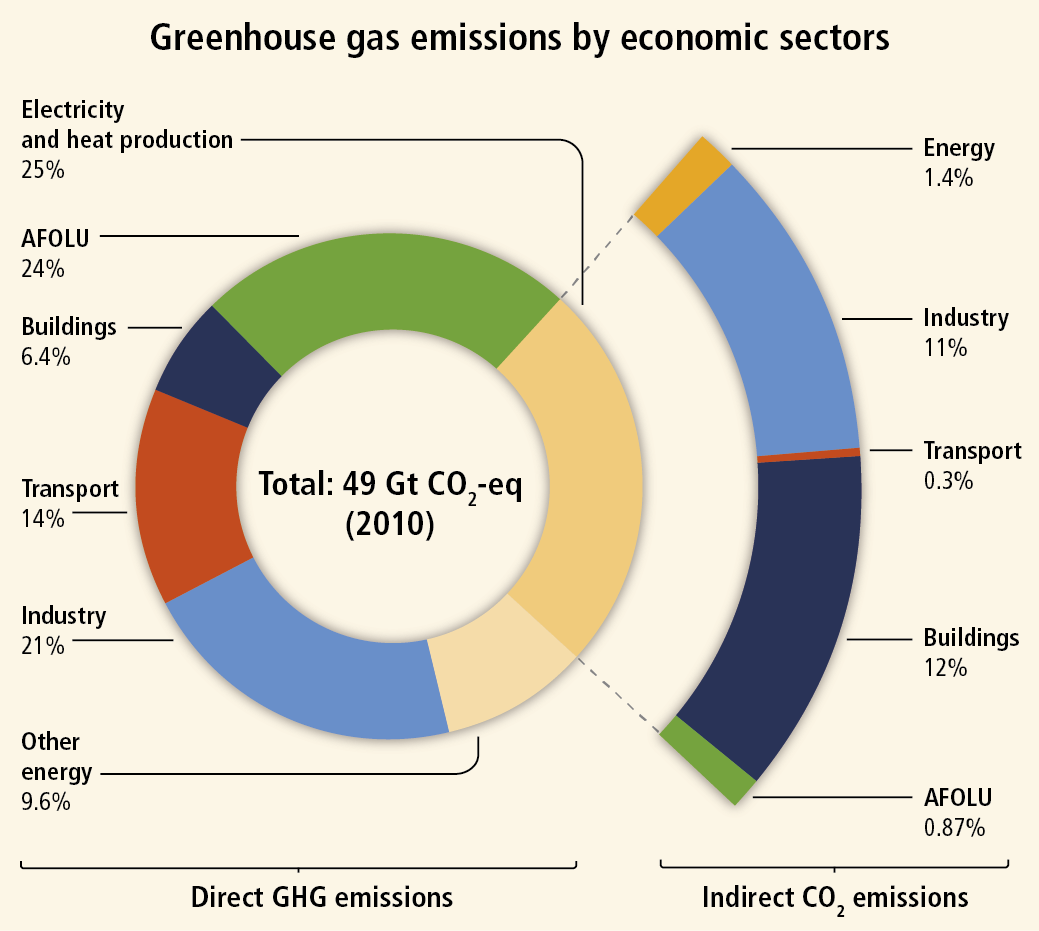



Impact Of Agriculture On Climate Change



Greenhouse Gas Emissions Our World In Data
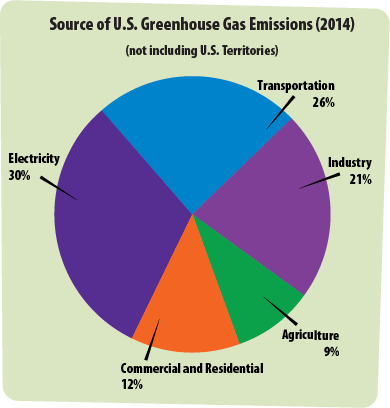



Greenhouse Gases A Student S Guide To Global Climate Change Us Epa




Major Causes Of Climate Change Globalecoguy Org
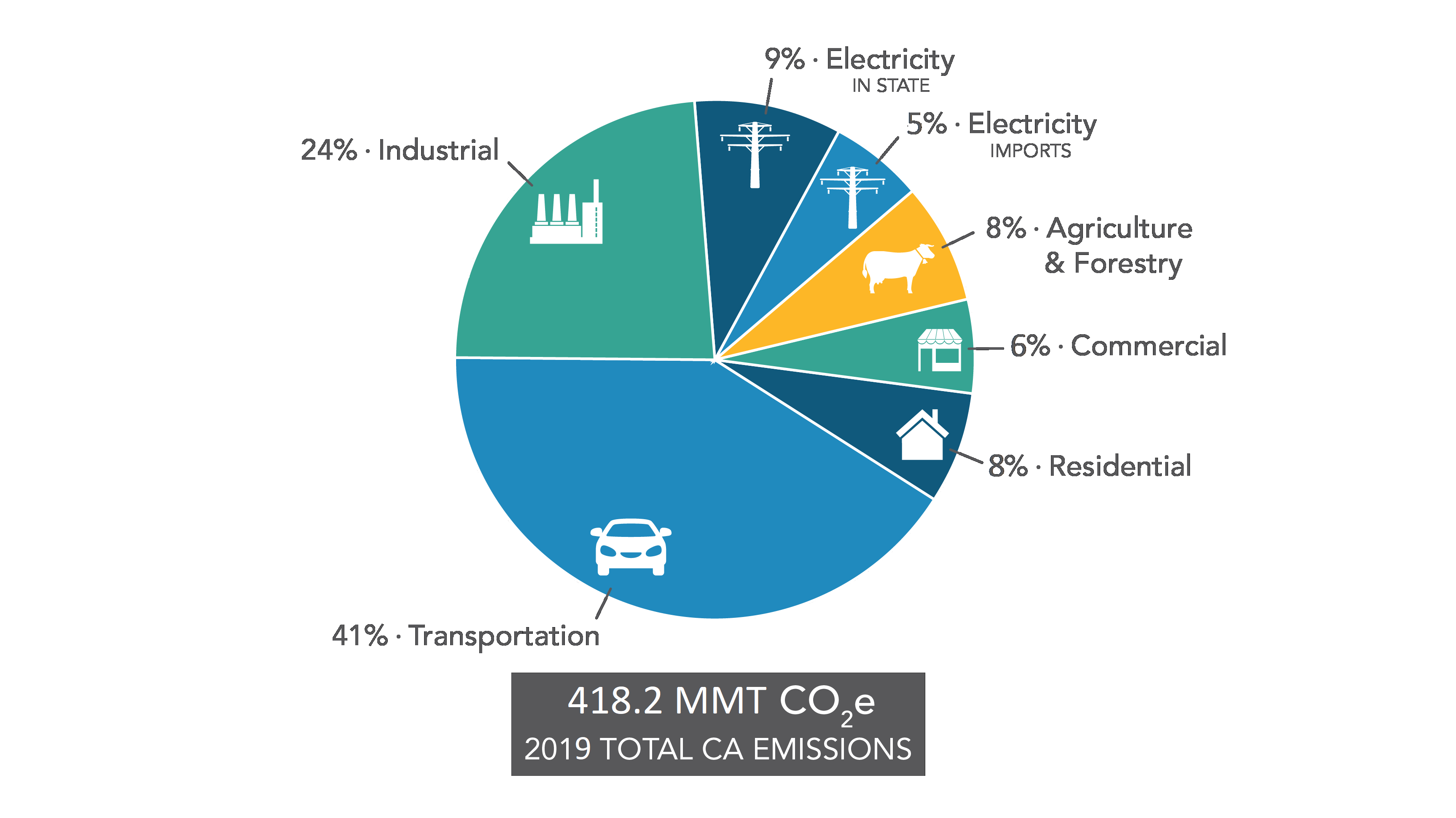



Ghg Emission Inventory Graphs California Air Resources Board




Mass Extinctions And Climate Change Why The Speed Of Rising Greenhouse Gases Matters



0 件のコメント:
コメントを投稿